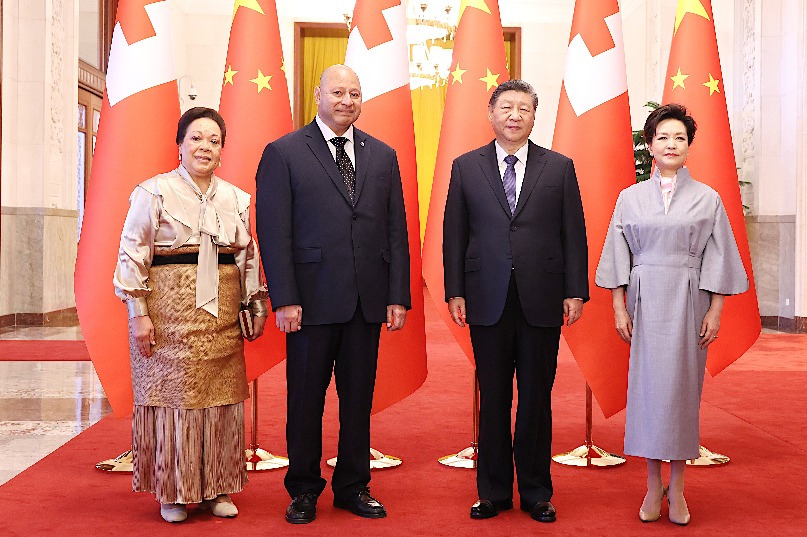What these cards say about Tolkien
A new Chinese translation of the author's biography comes with an innovative idea involving a script rediscovered from ancient books and telling the reader how the writer himself was a Hobbit, Yang Yang reports.
By Yang Yang | China Daily Global | Updated: 2024-06-10 10:31

After Dai put all the characters on one page, the great visual effect it had urged him to create a version in the style of Han Dynasty (206 BC-AD 220) inscriptions. When he posted it online, it became popular in no time, impressing even calligraphy enthusiasts.
"A lot of people said that since we want to promote and carry forward our traditional culture, it seems to be a right way," Mu says.
Since there were versions in classic Han and Song styles, it seemed necessary to have a classic Tang Dynasty (618-907) version, so Dai referred to the Buddhist manuscripts found in Mogao Caves in Dunhuang to create a version in classic Tang style. To imitate the signatures of those eminent monks, the two had to invent a lot of quaint names.
When they posted their creations on international forums for Tolkien fans, they received compliments there too.
Mu says that this set of cards is one of the highlights of the Chinese version of the biography. Another noteworthy content is the more than 100-page annotations they added to the book.
























